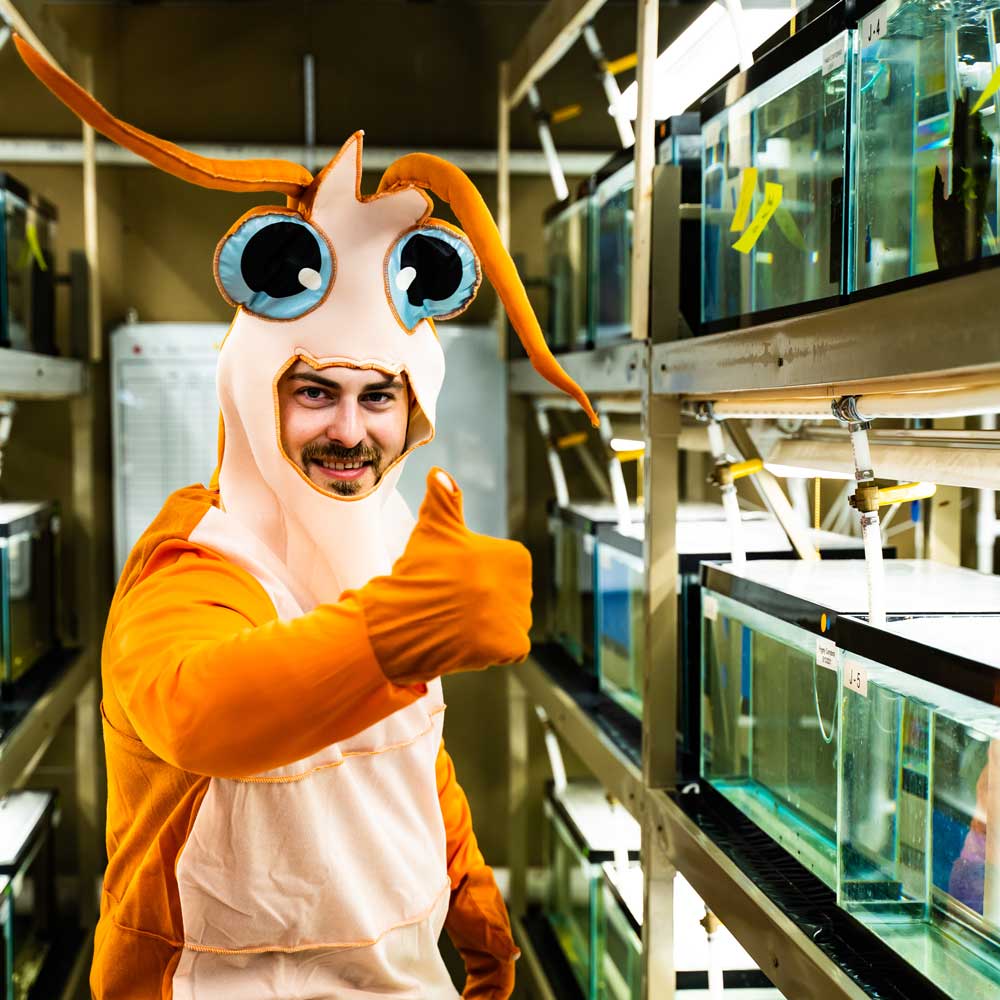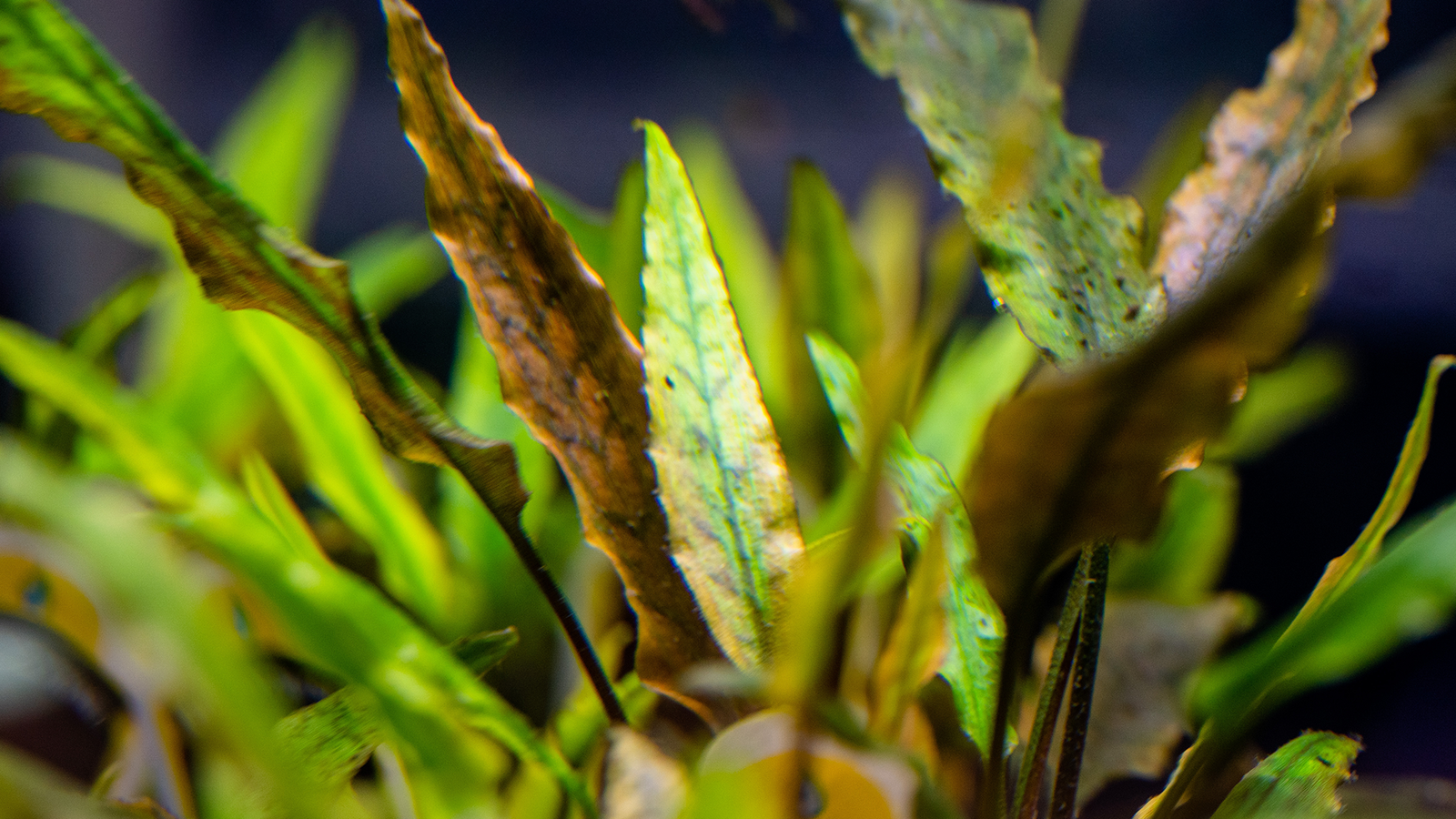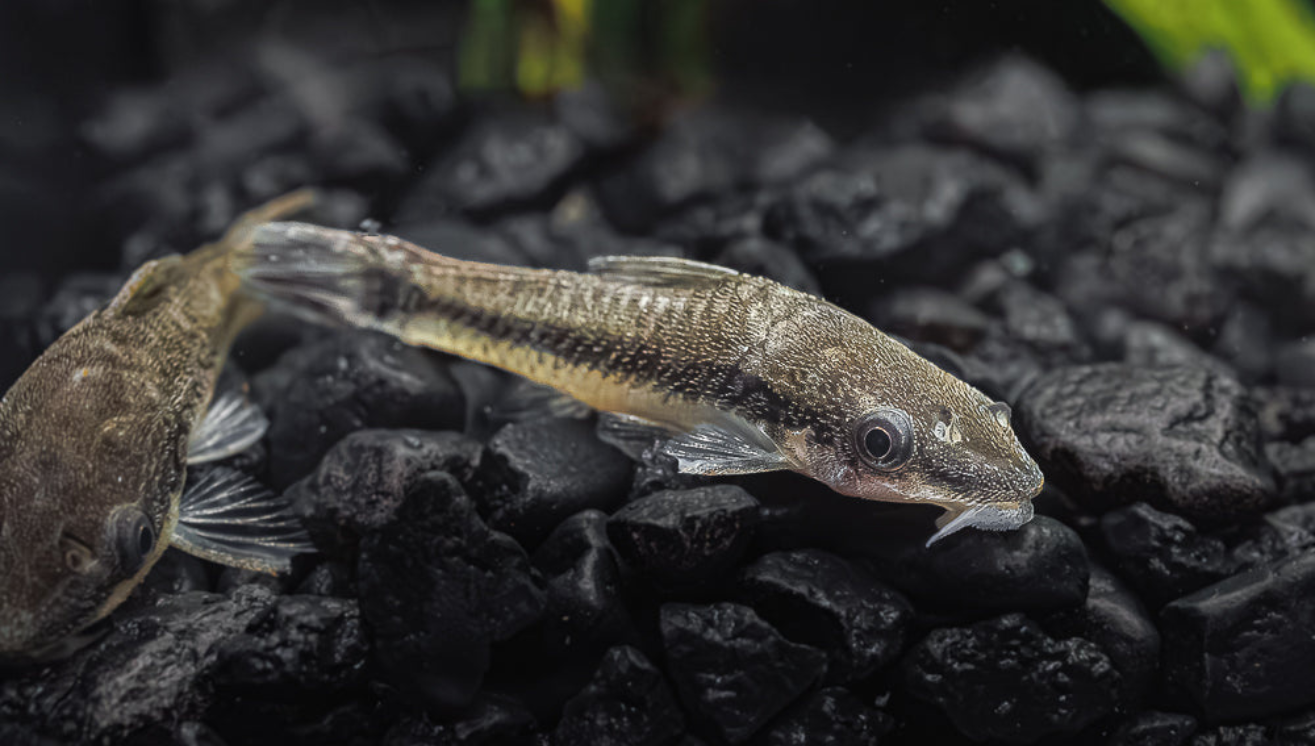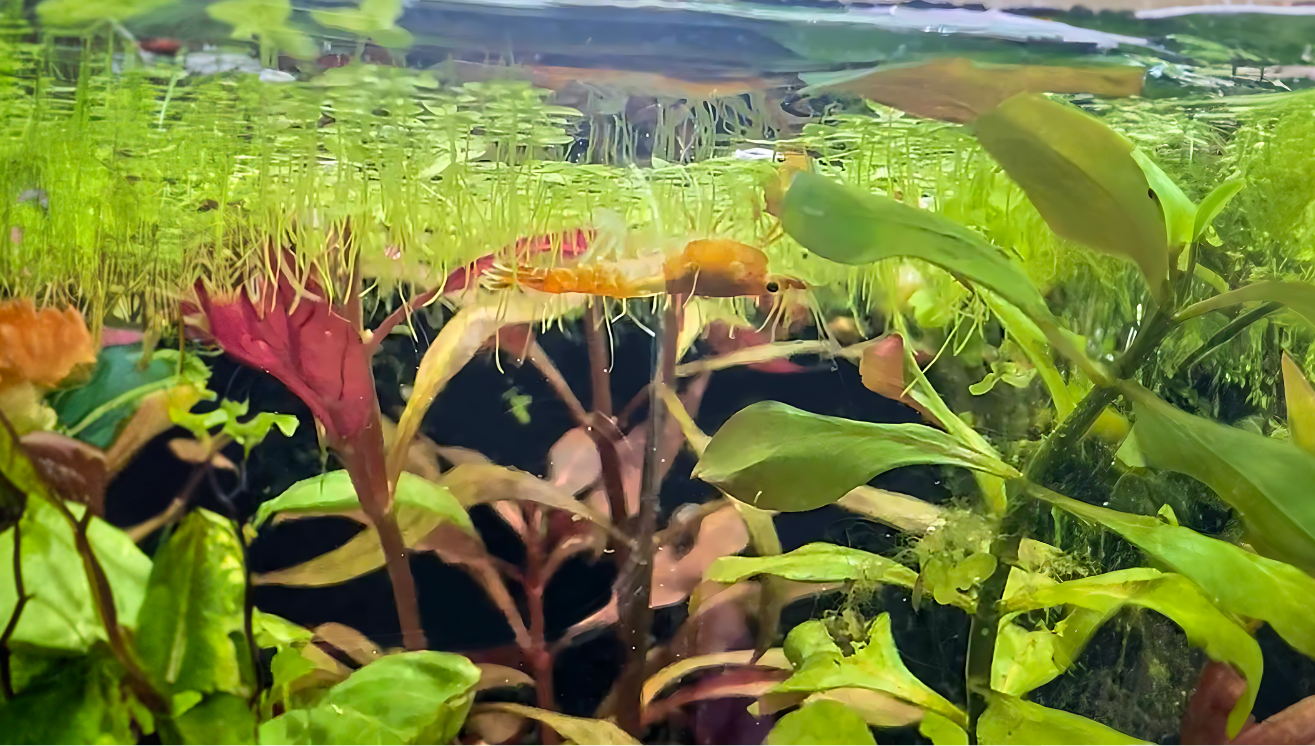Your Cart is Empty
Aquatic plants are an essential part of any aquarium. They not only add beauty to the aquarium but also provide a natural environment for shrimp, fish, fry, and snails to thrive in. However, finding the right aquatic plants can be a daunting task, especially for beginners. The world of aquatic plants can be overwhelming, with so many different species to choose from.
That’s why we’re here to help you with the basics.
In this blog post, we’ll introduce you to six easy-to-maintain, low-light aquatic plants that are guaranteed to spruce up your aquarium without adding to your to-do list.
Anubias Nana Petite
Scientific Name: Anubias barteri var. nana petite
Lighting Requirements: Low
The Anubias Nana Petite is a small and compact variant of the Anubias family, revered for its hardiness and ease of care. Its dark green, leathery leaves make it an excellent choice for low-light aquariums. This plant thrives when attached to driftwood or rocks, adding lush greenery to the aquascape while providing hiding spots for small fish or fry.
Java Fern

Scientific Name: Leptochilus pteropus (aka Microsorum pteropus)
Lighting Requirements: Low to medium
The Java Fern thrives in various water conditions—it can grow both submerged and emerged—making it adaptable to different aquarium setups. It propagates easily by cutting the rhizome, horizontal shoots, or plantlets growing on the underside of its leaves. Named after the Indonesian island of Java, it’s hardy and perfect for beginners.
Banana Plant
Scientific Name: Nymphoides aquatica
Lighting Requirements: Low
The Banana Plant gets its name from the banana-shaped tubers that store nutrients and anchor it. A pro tip: don’t bury the tubers deeply—just rest them on top of the substrate and let them root themselves.
Amazon Sword

Scientific Name: Echinodorus grisebachii
Lighting Requirements: Low
The Amazon Sword is a striking, robust plant with long, lance-shaped leaves that add drama to freshwater tanks. Known for vigorous growth, it serves beautifully as a background or centerpiece—just pair it with a nutrient-rich substrate.
Dwarf Lily
Scientific Name: Nymphaea stellata
Lighting Requirements: Moderate
The Dwarf Lily grows from a bulb and produces lovely lily pads on the surface, offering coverage and shelter. Its compact size and striking red- or green-tinted leaves make it a standout focal point in smaller aquariums.
Crypt Wendtii Red

Scientific Name: Cryptocoryne wendtii ‘Red’
Lighting Requirements: Low to moderate
The Red Wendtii is prized for its vibrant reddish-brown leaves. Adaptable to various water conditions, it shows its best color under moderate light and nutrient-rich substrate. Perfect for midground or background, it adds depth and contrast to your aquascape.









